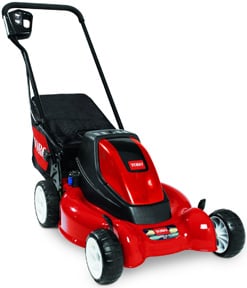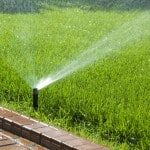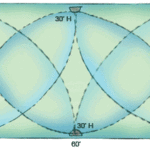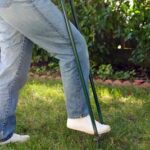The benefits of a mulching mower, including the features to look for when buying one, such as engine type and horsepower. If you’re considering a mulching mower, read this guide.
Everyone wants to do something good for the environment, and the new breed of yard equipment that allows you to recycle debris right in your own backyard makes it easy.
If your local garbage service doesn’t accept lawn clippings or leaves, these new tools can help you avoid paying extra fees for disposal. Of course, the idea behind recycling is that your lawn clippings and leaves are not debris at all but a valuable organic resource that should be put back into the soil to help build a healthy lawn and garden.
The most popular piece of lawn-care equipment is the walk-behind mower. More than 85 percent are now labeled as “mulching mowers” to respond to the public’s environmental concerns.
A mulching mower, like a food processor for your lawn, uses a special blade and enclosed deck to slice up grass clippings and dried leaves numerous times before depositing them back deep into the turf, where they decompose in a few days. The result, if conditions are right and the mower is designed well, is a clean, vacuumed appearance without any unsightly clumps or hedgerows of grass. If you worry this will create thatch, don’t—thatch is not made up of dead grass blades left on the lawn but rather on excess surface roots caused by overwatering and overfertilizing.
Using a mulching mower saves in several ways. It saves time, since you don’t have to repeatedly stop the mower to empty and reattach the bag. It saves money, since the nitrogen in the clippings fertilizes the lawn, reducing the amount of supplemental fertilizer you have to apply. And it leaves more room in your local landfill for real garbage.
How do you choose the right mower for your yard? Here are the signs of quality to look for:
Convertibility. Can you easily convert the mulching mower to a bagging mower or a side- discharge mower? The latter is important since it’s sometimes difficult for the mower to cope with thick, lush, rapidly growing grass. Temporarily switching to a side-discharge mode will prevent clogs and stalling out the mower. A mower that bags is useful in the fall, when you may want to collect your leaves for use as mulch for your vegetable garden or flowerbeds.
Engine type & horsepower. A mulching mower should have at least 5 horsepower, preferably 6. Low-cost mowers with 3.5-horsepower engines may not have sufficient power to chop up clippings thoroughly. Automotive-design overhead-valve engines on premium mowers are powerful, efficient, and tend to have larger and quieter mufflers.
For mowing over hilly terrain, you may want to consider a mower with a two-cycle engine since they are constantly injected with lubricating oil and don’t have the problem of oil starvation that standard, splash-lubricated four-cycle engines do.
Electric/cordless models. In recent years, major manufacturers like Toro and Lawn-Boy have introduced innovative electric corded and cordless mowers, some with mulching capability. Toro’s CareFree offers on-board charging and enough reserve power to cut an average-sized lawn.
Mulching technology. If you take a look at some competitive mowers, you’ll see some distinct differences in how they solve the problem of chopping up grass fine enough so that it disappears. Most manufacturers design the mower’s deck and blade so that the clippings will be stirred up and cut several times before being blown back into the grass.
Some manufacturers add baffles or fans to the inside of the deck to enhance the process. Toro equips its Recycler mower decks with specially designed deflectors to make it easier to cut through dense, damp grass and leaves.
Build integrity. Better-quality units have power-paint finishes that don’t flake off, sturdier wheel adjuster assemblies, easily replaced drive belts, multiple-speed gear-drive transmissions, and a minimum of plastic parts.
As with anything, you get what you pay for when you buy a mulching mower. To take advantage of some of the advanced features discussed above, such as overhead-valve engines and high-efficiency decks, you’ll pay around $400 or more. There are some good, solid values out there for less than $300, but make sure the products are supported by a dealer network that will be able to fix them if they break down. Many dealers refuse to touch bargain-basement machines.
Courtesy Toro Wheel Horse Tractors & Riding Mowers








 Don Vandervort writes or edits every article at HomeTips. Don has:
Don Vandervort writes or edits every article at HomeTips. Don has:




